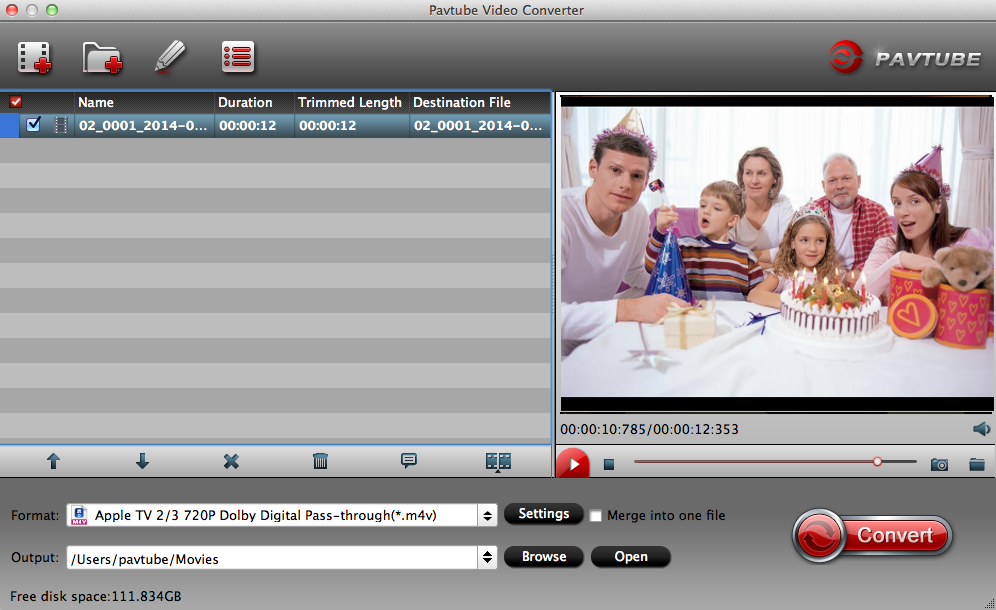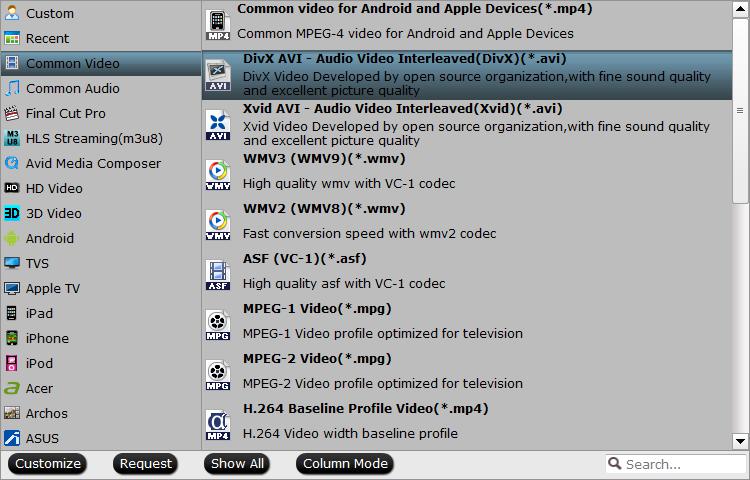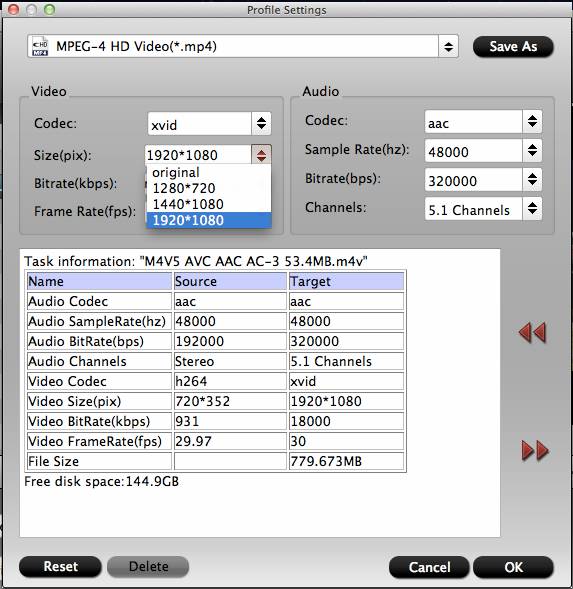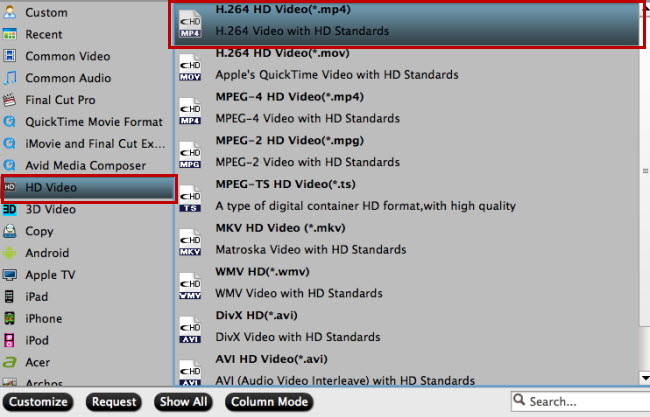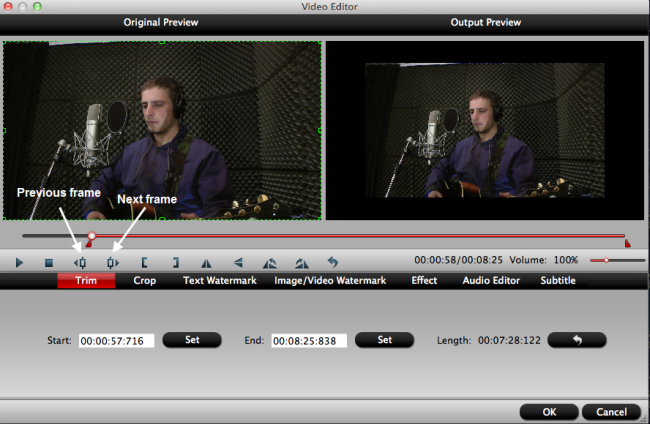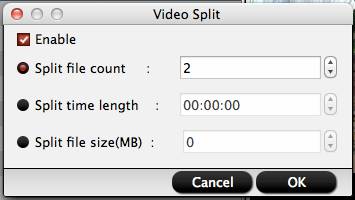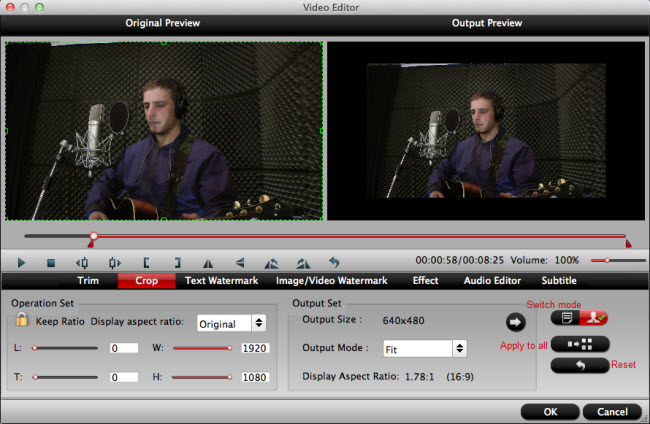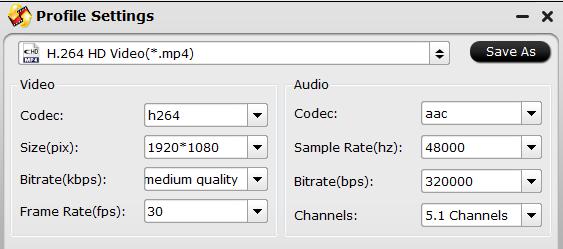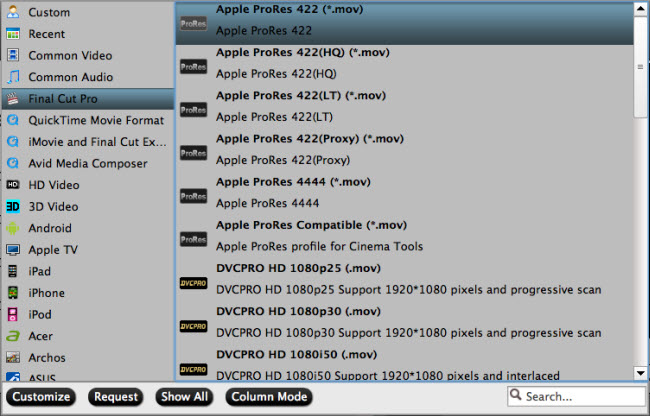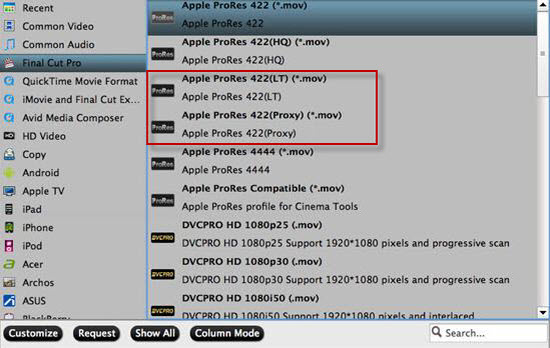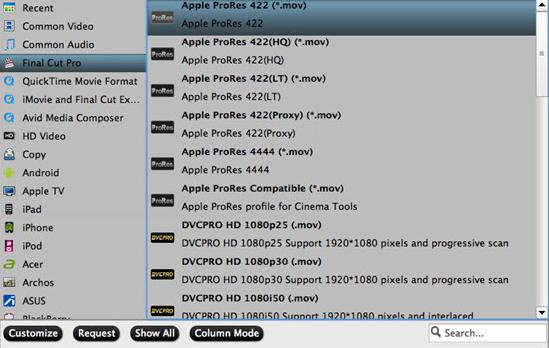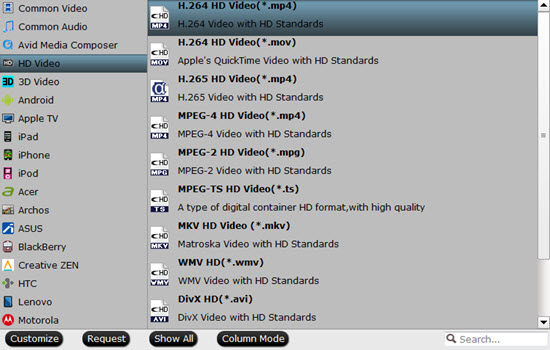Kodi is a free media player that is designed to look great on your big screen TV but is just as home on a small screen. With Kodi, you can play and view most videos, music, podcasts, and other digital media files from local and network storage media and the Internet.
MTS/M2TS files is used in AVCHD format, which is high definition digital video camera recorder format. Wish to play the MTS/M2TS files on Kodi but just receiver the "Unsupported File Format" error message? The main reason is the MTS/M2TS is not included in Kodi supported file formats listed below:
Container formats: AVI, MPEG, WMV, ASF, FLV, MKV/MKA (Matroska), QuickTime, MP4, M4A, AAC, Ogg, OGM, RealMedia RAM/RM/RV/RA/RMVB, 3gp
Video formats: MPEG-1, MPEG-2, H.263, MPEG-4 SP and ASP, MPEG-4 AVC (H.264), H.265 (as from Kodi 14) HuffYUV, MJPEG, RealVideo, RMVB, WMV
Audio formats: MIDI, AIFF, WAV/WAVE, AIFF, MP2, MP3, AAC, DTS, ALAC, AMR, FLAC, RealAudio, WMA
Convert MTS/M2TS for Kodi playing
To fix the format incompatible issue, you can download Pavtube Video Converter, a powerful yet simple to use application to batch convert multiple MTS/M2TS files to Kodi playable video and audio file formats listed above. The program has full support for all MTS/M2TS files shot with Sony/Panasonic/Canon camcorder and ripped from Blu-ray disc.
Besides converting the video for you, the program also assists you to adjust output profile parameter such as video codec, bit rate, frame rate, resolution, audio codec, bit rate, frame rate, channels, etc to get better output video and audio quality. You can also edit video by trimming, cropping, merging, splitting, adding watermark, applying special rendering effect, inserting external subtitle, etc.
For Mac users, please switch to download Pavtube Video Converter for Mac to perform the conversion on macOS High Sierra, macOS Sierra, Mac OS X El Capitan, Mac OS X Yosemite, Mac OS X Mavericks.
Step by Step to Convert MTS/M2TS for Kodi Playback
Step 1: Load MTS/M2TS files into the application.
Download the free trial version of the program. Launch it on your computer. Click "File" menu and select "Add Video/Audio" or click the "Add Video" button on the top tool bar to import source MTS/M2TS video files into the program.
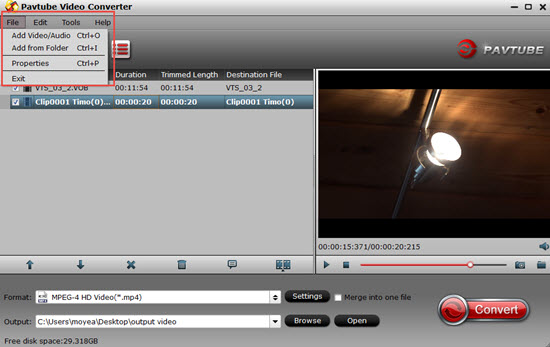
Step 2: Define the output format.
Clicking the Format bar, from its drop-down list, select one of Kodi playable file formats "H.264 HD Video(*.mp4)" under "HD Video" main category.
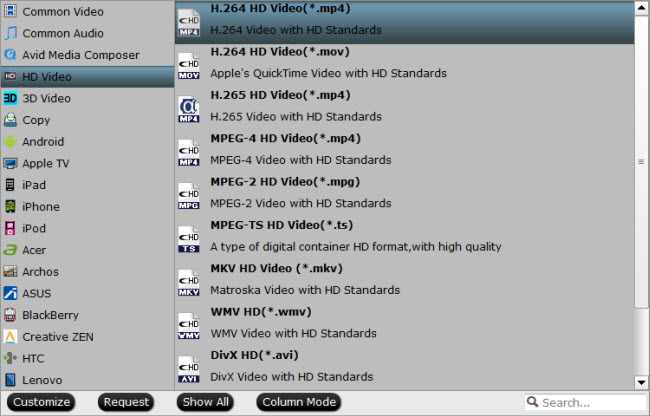
Tips: Click "Settings" on the main interface to open "Profile Settings" window, here, you can flexibly choose or specify exactly the profile parameters including video codec, resolution, bit rate, frame rate, audio codec, bit rate, sample rate, channels, etc as you like to get better output video and audio quality.
Step 3: Edit MTS/M2TS files.
By default the Edit icon is grayed out. To activate the Edit menu, you have to select an item first. When a video or movie is selected, click the pencil like Edit icon on the left top tool bar to open the video editor window, here, you can play and preview the original video and output effects. Also you can flip or rotate video, trim, crop, add watermark, apply special effect, edit audio or insert external.
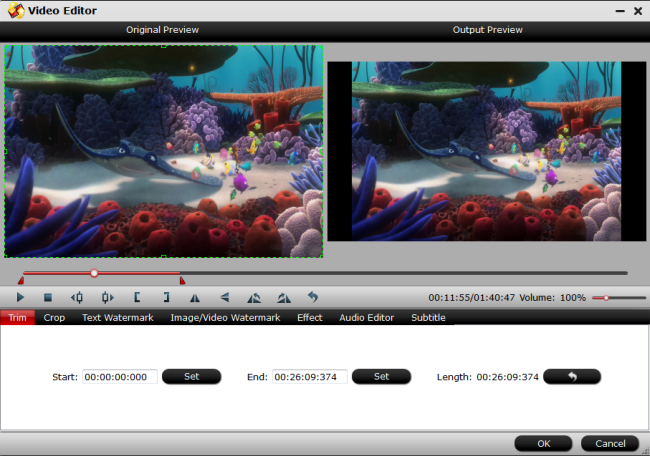
Step 4: Begin the conversion process.
After all setting is completed, hit the "Convert" button at the right bottom of the main interface to begin MTS/M2TS to Kodi playable file formats.
When the conversion is finished, click "Open Output Folder" icon on the main interface to open the folder with generated files.
Related Articles
Any Product-related questions?support@pavtube.com




